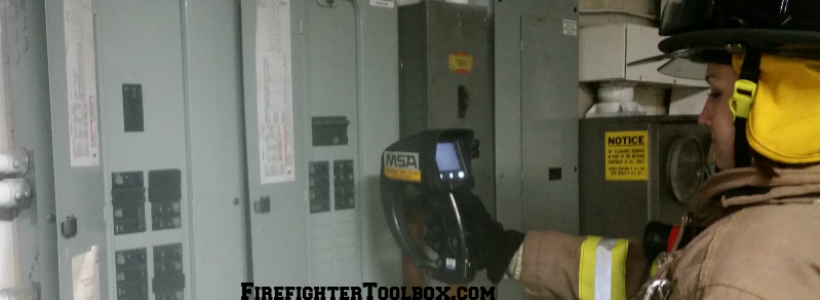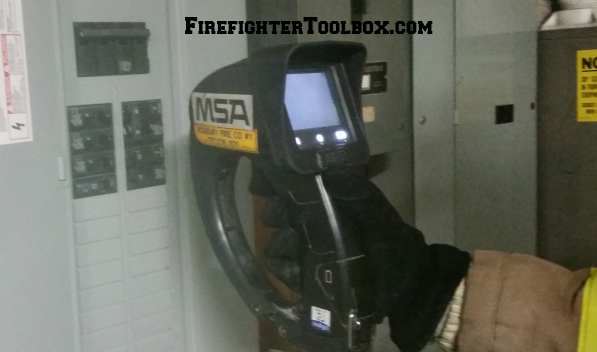Searching For Smoke
How often have we responded for the odor of smoke in a structure and chased our tails looking for the source? Most of the time we get lucky and find it before it eventually finds us.
The moment we walk through the door most seasoned firefighters can tell what is burning by the smell. The most common odors in buildings are of that of paper, plastic, over cooked food the elusive electrical odor of smoke. We as firefighters have to sort through the different odors that we have experienced during our careers.
Odor Of Burning
The smell of electrical burning, over heating, or smoldering is a distinctive odor. Some firefighters have described the smell of burning or heated electrical fixtures as a metallic odor.
The problem with tracing the odor is that eventually our noses become desensitized to the odor and we have a hard time locating the source. Lucky for the fire service the Thermal Imaging Camera (TIC) is a tool that is readily available to assist us in the search for the source.
Searching every wall and appliance in a structure for an overheated fixture is an incredibly arduous task. The quicker and easier way to begin the search process is to scan the electrical circuit breakers in the electrical panels.
What are we looking for?
We are looking for the hottest circuit breaker in relation to the other circuit breakers. By locating the hottest breaker we can start narrowing the down the search area in the building. Using the TIC we are able to find the hottest circuit breaker since the rest of the circuit breakers should be about the same temperature.
First Place To Search
The room or area that the overheated breaker services should be the first place we start to look and scan with that TIC or other TICs.
Scanning outlets, extension cords, and power strips are usually one of the first places to search when looking for the cause of an over heated circuit breaker. Also, large energy consuming appliances such as air conditions or other appliances that produce heat draw a lot of electricity which would potentially overheat a cord or outlet.
The overheating of a cord, especially a light weight extension cord, that is not rated to carry the high flow of electricity to the appliance will begin to heat up and eventually cause a fire if not caught in time. The overheating of extension cords & outlets will usually cause an odor of electrical burning before it catches on fire.
Next Area To Search
Systematically search the area and adjoining areas until you are able to locate the source. Be sure to shut the circuit breaker or breakers off to stop the flow of power to the area or areas. Have the owner notify an electrician to come out and check the breaker panel to ensure the circuit breaker was not damaged by the excessive heat.
In some instances the circuit breaker may be the source of the odor. If that is the case shut the main power supply to the breaker panel and notify the electrical power utility company to respond. By taking these precautions we will isolate the problem.
The TIC is a great tool that we have in the Fire Service. Be sure to use this tool often to keep our skills sharp by knowing how determine what the display screen is showing us.
Stay Safe.






